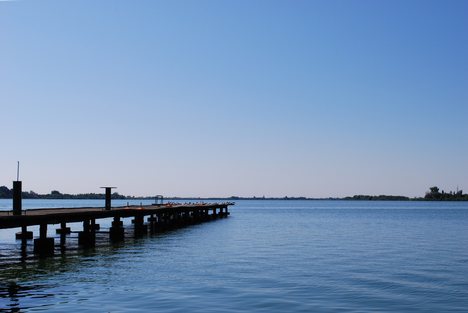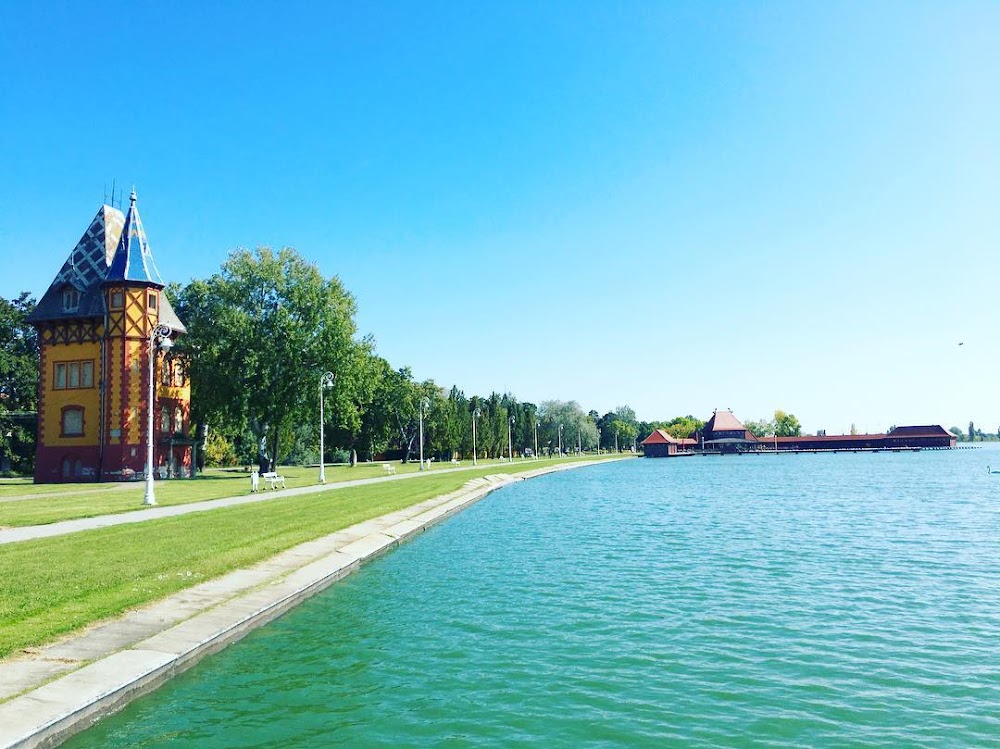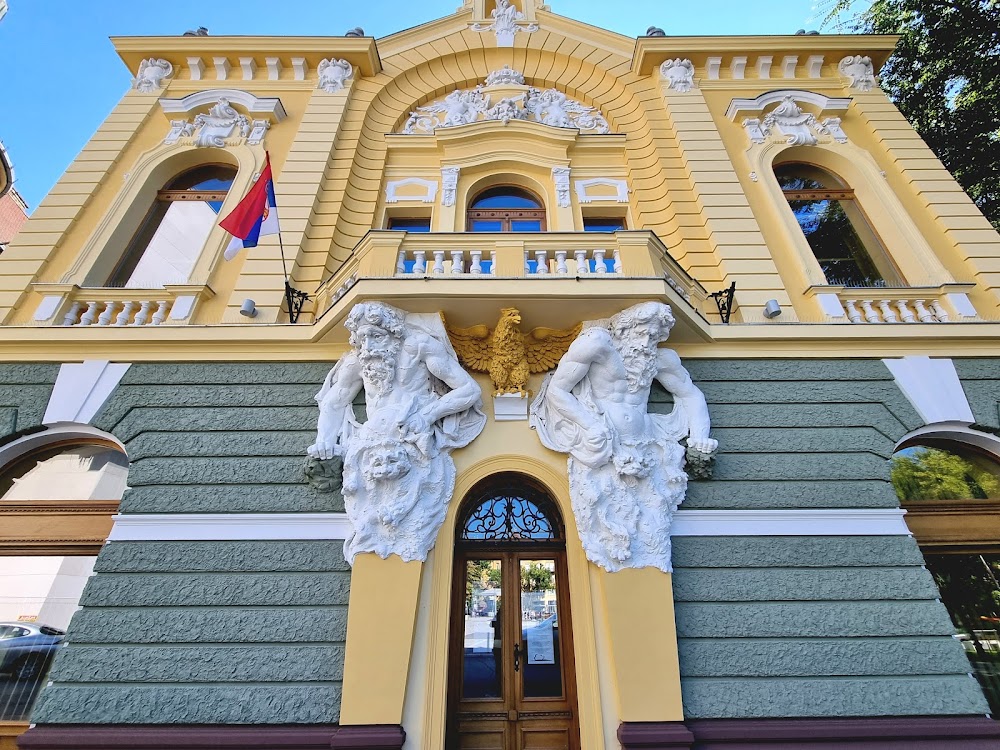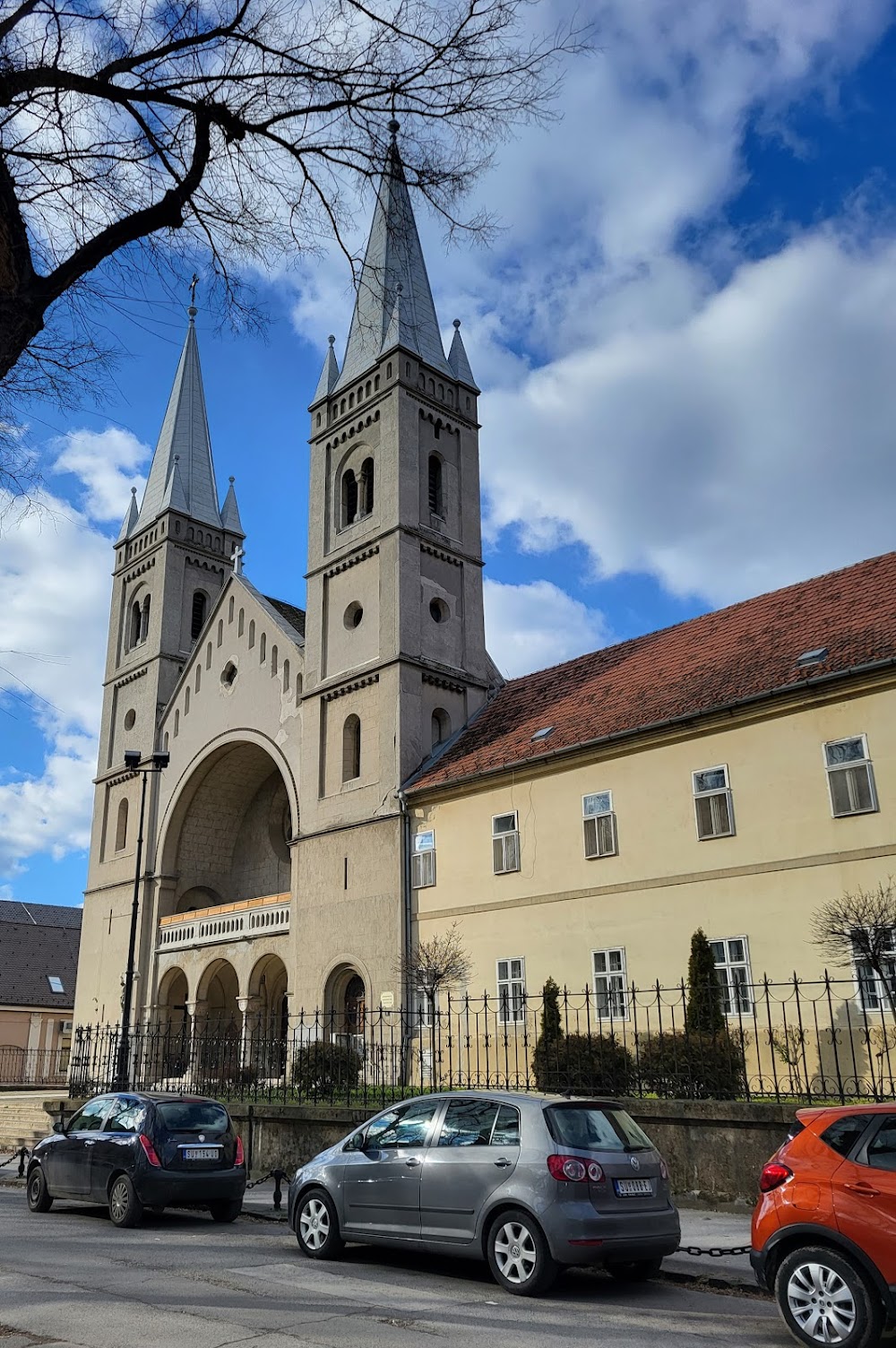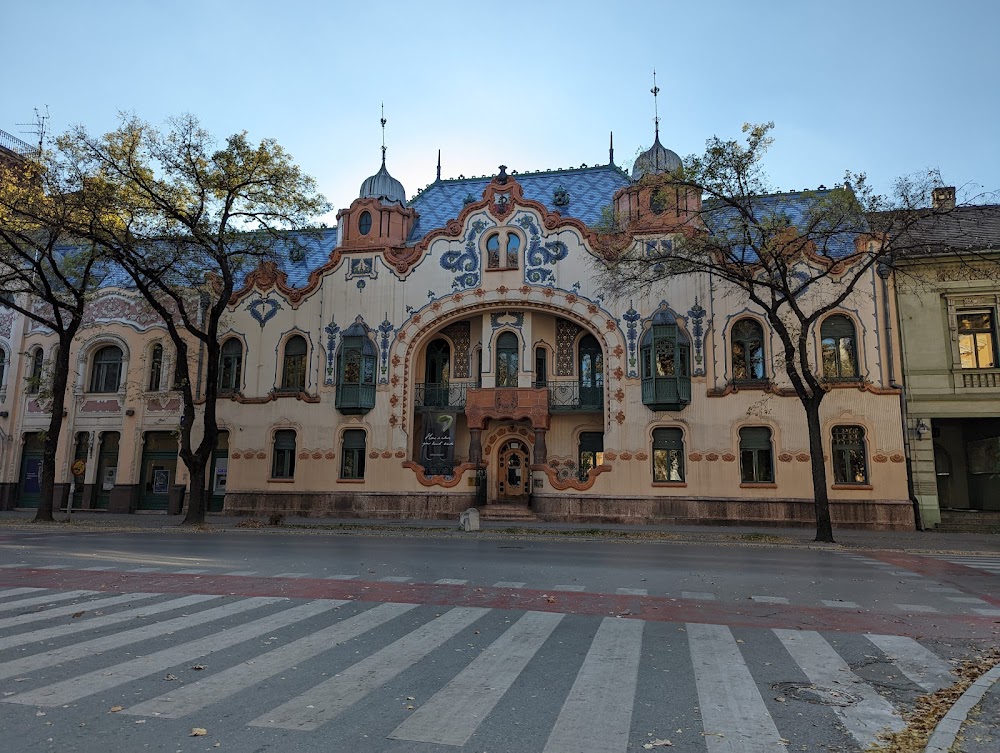Lake Palić (Palićko jezero)
Overview
Lake Palić, nestled in the North Bačka District of Serbia, is a captivating destination steeped in both history and natural beauty. Legend has it that this enchanting lake was born from the tears of a shepherd mourning his lost flock. However, scientific research reveals that Lake Palić is a natural formation, dating back to the Pleistocene epoch, approximately two million years ago. Its creation is attributed to tectonic movements and the melting ice from the last Ice Age, which allowed water to collect in a natural basin.
Size and Composition
Covering an area of around 4.2 square kilometers and reaching a maximum depth of 3.5 meters, Lake Palić stands as one of Serbia’s largest natural lakes. Its waters are primarily sourced from groundwater, complemented by rainfall and inflows from smaller streams. However, due to its shallow depth, the lake is prone to significant evaporation during the hot summer months, which can impact its water levels.
Historical Significance
The 19th century marked a turning point for Lake Palić as it blossomed into a popular tourist destination. Following the discovery of the lake's therapeutic mud and mineral waters, efforts were made to transform the area into a spa town. The origins of this initiative can be traced back to 1845 when local noblemen established the Palić Spa, recognizing the health benefits of the lake's resources. They constructed facilities such as bathhouses and promenades, enhancing the appeal of this health resort.
Ecological Importance
The ecological significance of Lake Palić is paramount, as it sustains a diverse range of flora and fauna, contributing to its rich biodiversity. Surrounding the lake is the Palić Nature Park, a sanctuary for numerous species of birds, fish, and plant life. This region is a paradise for birdwatchers and nature lovers, offering a tranquil environment to observe wildlife and enjoy the beauty of nature.
Environmental Challenges
Throughout the 20th century, Lake Palić faced various environmental challenges, primarily due to pollution from nearby agricultural activities and urban development. In response, extensive environmental protection measures were enacted, including rehabilitation projects aimed at reducing pollution sources, enhancing wastewater management, and restoring natural habitats. These initiatives have played a crucial role in revitalizing the lake, ensuring its sustainability for future generations.
Cultural and Recreational Hub
Today, Lake Palić is not only a natural gem but also a vibrant cultural and recreational hub. Its shores are lined with historic architecture, including the iconic Water Tower and Palić Grand Terrace, both built in the early 20th century and showcasing stunning Art Nouveau designs. The Cultural Center of Palić, which hosts the annual European Film Festival, further underscores the lake’s cultural significance.
Activities and Attractions
Visitors to Lake Palić can indulge in a myriad of outdoor activities, including boating, fishing, cycling, and strolling along well-maintained trails. The lake's beaches provide ample opportunities for relaxation and recreation during the summer months, making it a cherished destination for both locals and tourists alike.
In summary, Lake Palić is a natural wonder with a rich and multifaceted history. Its ancient origins, transformation into a spa town, ecological importance, and modern-day attractions all contribute to its unique charm. As a testament to the beauty of natural landscapes and the importance of preserving such sites, Lake Palić holds a special place in Serbia's cultural and natural heritage, inviting all to enjoy its breathtaking beauty and tranquil atmosphere.


